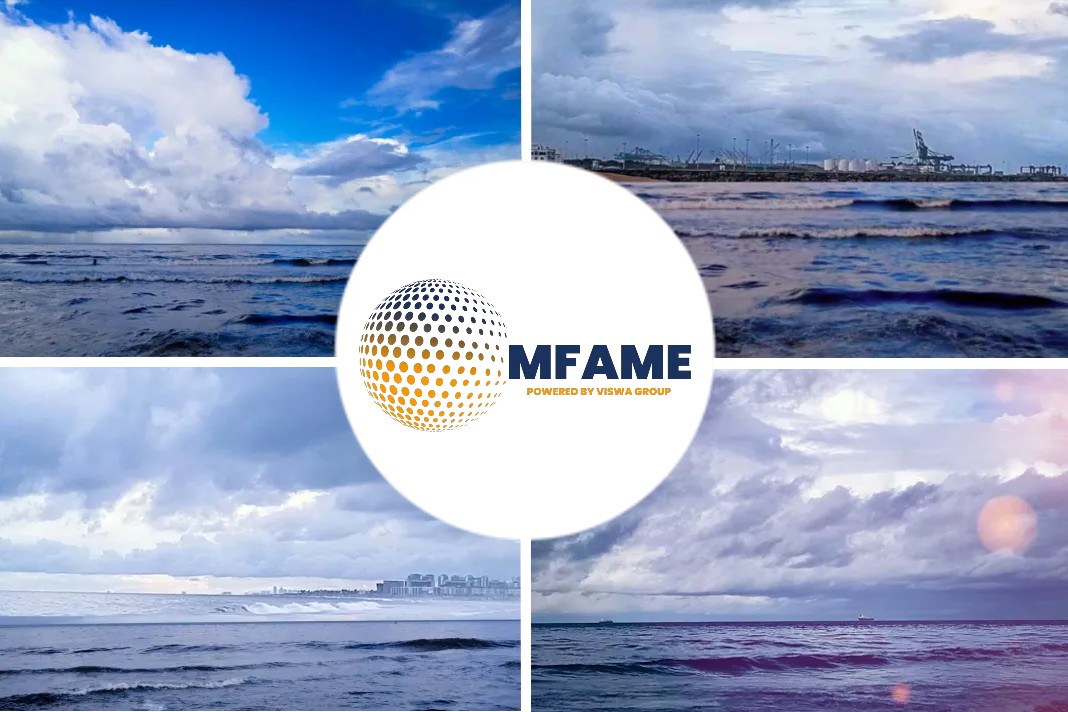- Mr. Paul Hexter, President, Waterfront Shipping, outlines key advantages of choosing methanol as fuel.
- Methanol is considered a cost-competitive marine fuel.
- It is one of the best choices in the battle of alternative fuels.
Methanex, along with their subsidiary Waterfront Shipping, have been operating and bunkering methanol dual fuel vessels since 2016. They now have 17 methanol dual fuel vessels, with two more on the way. They are currently the world’s largest operator of methanol-fueled ocean tankers and by the end of Q1 2023, approximately 60 percent of their fleet will be capable of running on methanol.
Key Challenges And Counter Efforts
One of the key challenges faced today is decarbonization. The renewable methanol market, like most alternative fuels, is small but growing and hence commercial-scale availability and economics are not available today. This is the same for other green fuels like ammonia and hydrogen. Methanol is emerging as a leading alternative cleaner burning, future proof fuel. Methanol dual-fuel engines are available today and proven. This technology is flexible – it can burn diesel or methanol from conventional or renewable sources or a combination based on what future regulations require.
Methanex and its partners including MAN pioneered the methanol dual fuel engine and continues to work in collaboration to advance the technology. Today, the methanol dual fuel engine has advanced to 3rd generation technology. Methanex has the capability of producing renewable natural gas-based bio methanol at our Geismar facility in the USA providing an option to procure renewable methanol today.
Opportunity Amidst Adversity
Industry interest in methanol as a marine fuel is rapidly growing. More recently, some of the world’s largest shipping companies (i.e. Maersk, X-Press Feeders) demonstrated their commitment to methanol as a lower-carbon marine fuel by ordering new methanol dual-fuel vessels. Based on publicly announced orders, we estimate that by 2025, more than 85 dual-fuelled vessels will be on the water. It is expected that number will continue to grow based on the strong commercial interest we are seeing in methanol. Continued growing investments in advancing methanol and renewable methanol technologies is also expected.
Innovative Solutions
Wide Scale industry acceptance and support for methanol as a marine fuel with a growing number of major shipping companies ordering methanol vessels, regulations being developed, and an increasing number of engine manufacturers providing methanol engines is already being witnessed. As most new vessels are starting to come online over the next couple of years, we need to ensure regulations and bunkering infrastructure are in place in ports around the globe to support methanol bunkering. However, it is relatively straightforward for methanol versus other alternative fuels, as methanol is already in over approximately 120 ports and is handled and bunkered very similar to diesel.
Methanol Bunkering
One of the unique and important qualities of methanol versus other alternative fuels is it is a liquid fuel under ambient conditions. This makes methanol easy to transport, store, and bunker using standard safety procedures that are similar to the well- 3 established procedures for diesel. Thus, the cost of methanol vessels and land-based infrastructure to store and supply methanol is lower than other alternative fuels that require pressurization or cryogenics.
Methanol with a higher volumetric energy content than alternative fuels like ammonia or hydrogen, is a better choice for a wide range of vessel types and longer voyages, as it requires less frequent bunkering. It is also available globally at over 120 ports and can be supplied through existing or easily repurposed landside storage or supply infrastructure. Methanol has a long history of safe handling and a recent safety study on alternative fuels by the maritime coalition, “Together in Safety,” assessed methanol as the lowest-risk fuel compared to LNG, hydrogen, and ammonia.
Methanex has also been involved in initiatives to support methanol bunkering. Waterfront Shipping (WFS) has been bunkering methanol from most of its production sites (Punta Arenas, Chile; Geismar, USA; Trinidad & Tobago; and New Plymouth, New Zealand) since 2016 where WFS also loads methanol as a cargo. The Takaroa Sun became the first methanol-powered ship to be fueled by a standard barge, proving that methanol is safe to ship, store, handle and bunker using procedures similar to those for conventional marine fuels. WFS is also demonstrating methanol bunkering in an increasing number of ports where there is existing methanol infrastructure.
Envisaging a Sustainable Future
Many shipowners are making decisions in the near term on alternative fuels and methanol is in a unique position compared with other alternative fuels – the technology is mature, IMO guidelines have been developed, and methanol is widely available in major ports around the world to support adoption today in the maritime sector. Methanol offers an immediate, in-sector CO2 reduction of up to 15% when compared to conventional marine fuels. It also offers a pathway to the use of renewable methanol which can be carbon neutral and deliver on the IMO’s long-term greenhouse gas goals.
Did you subscribe to our daily Newsletter?
It’s Free! Click here to Subscribe
Source: Safety4Sea


















